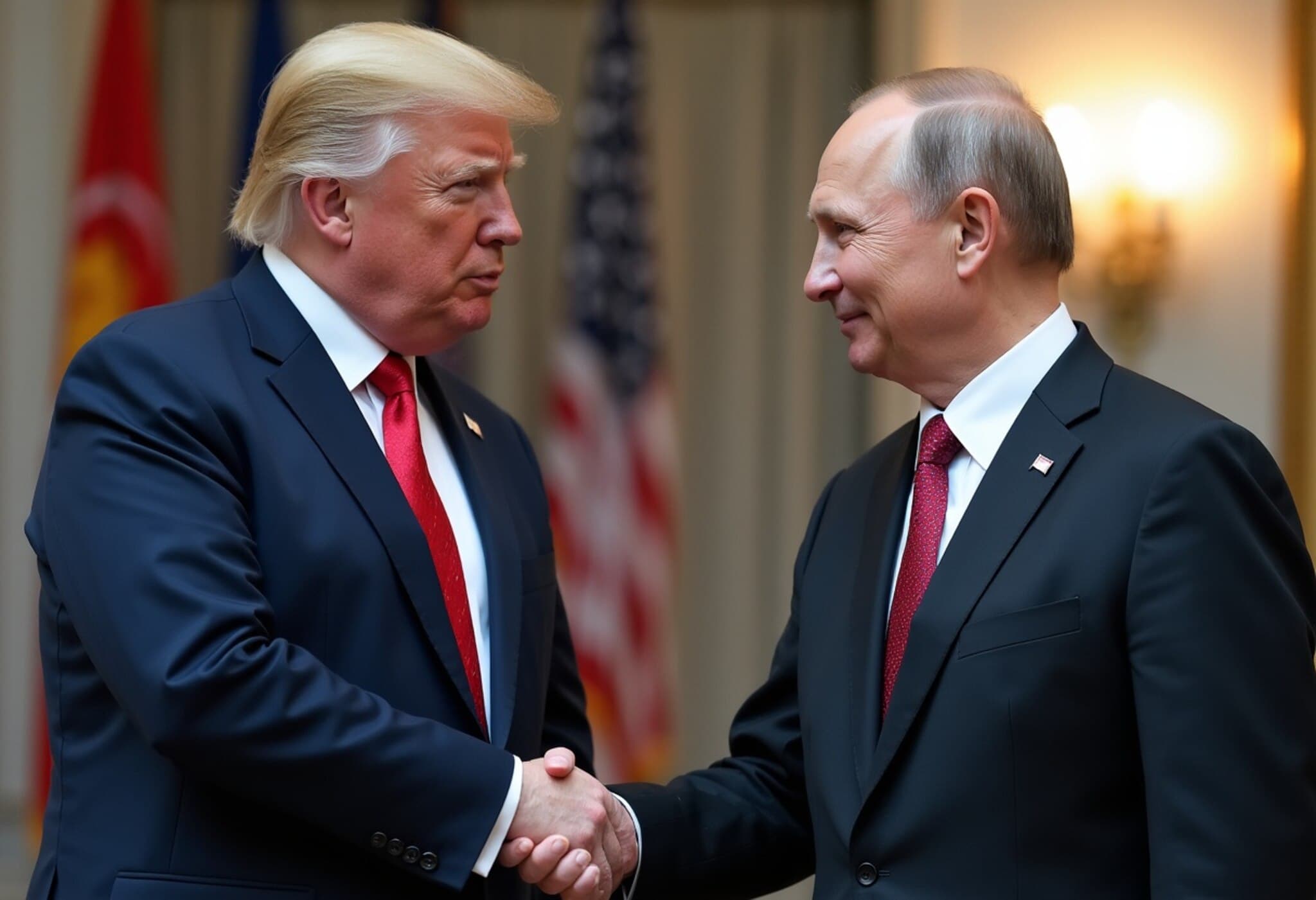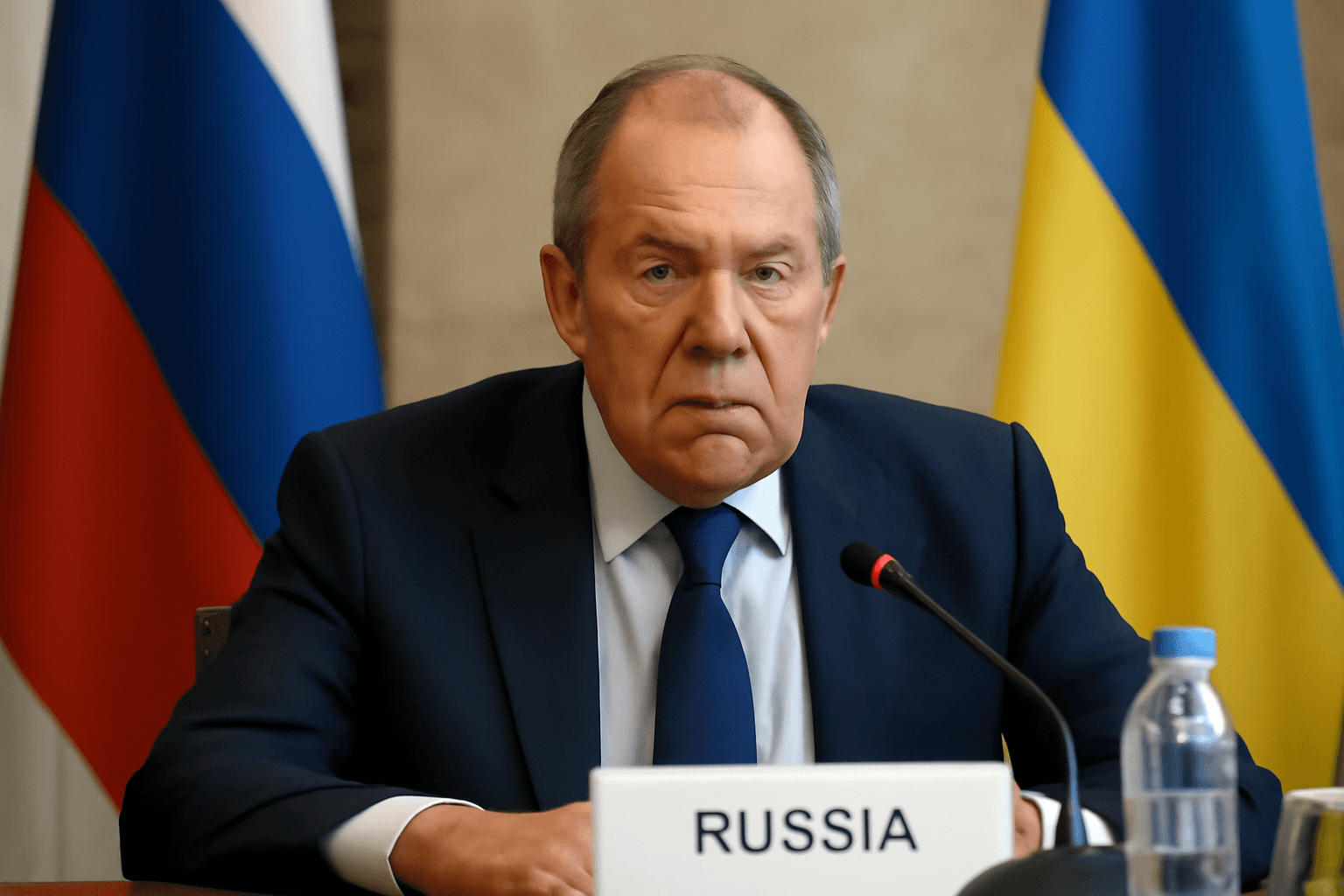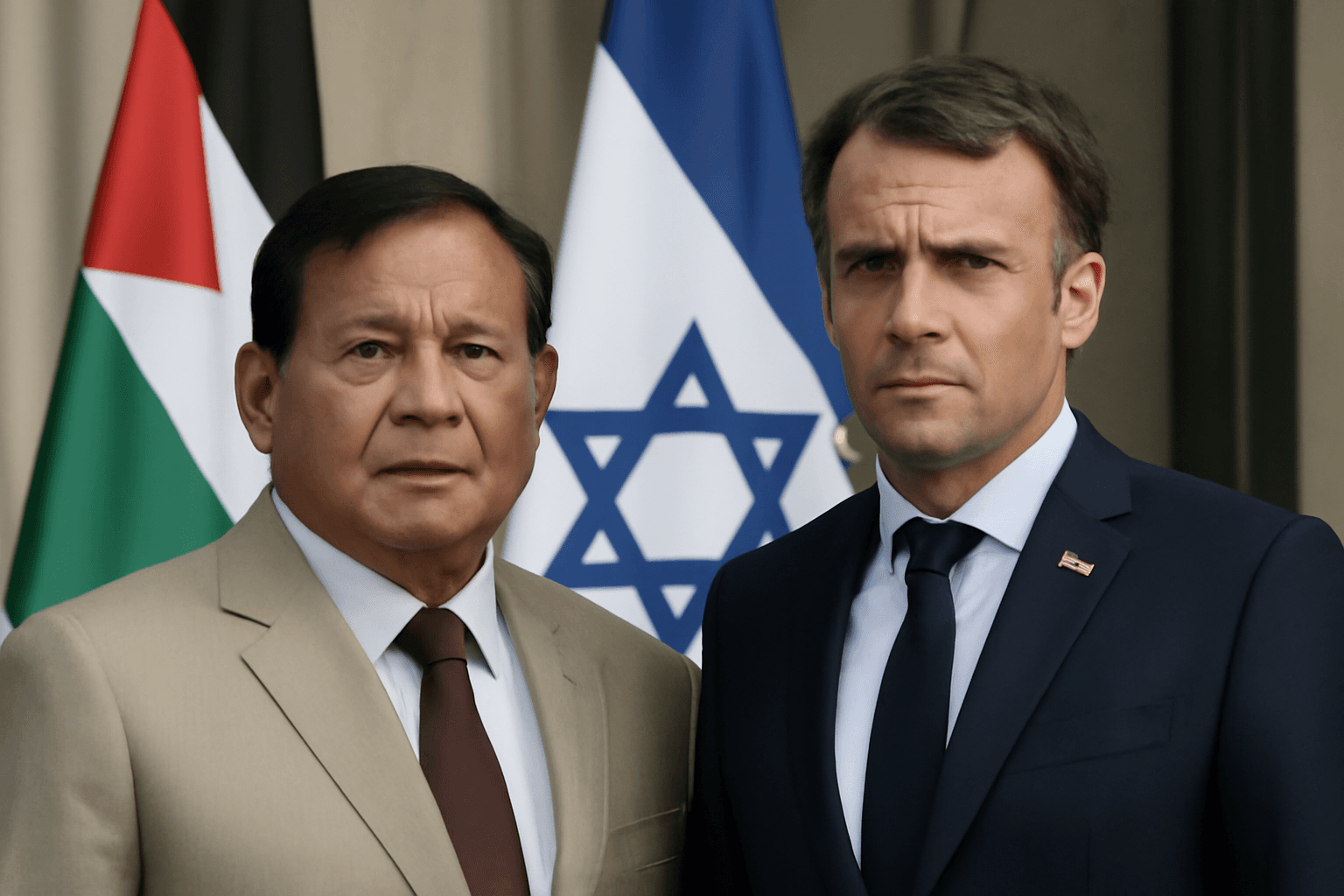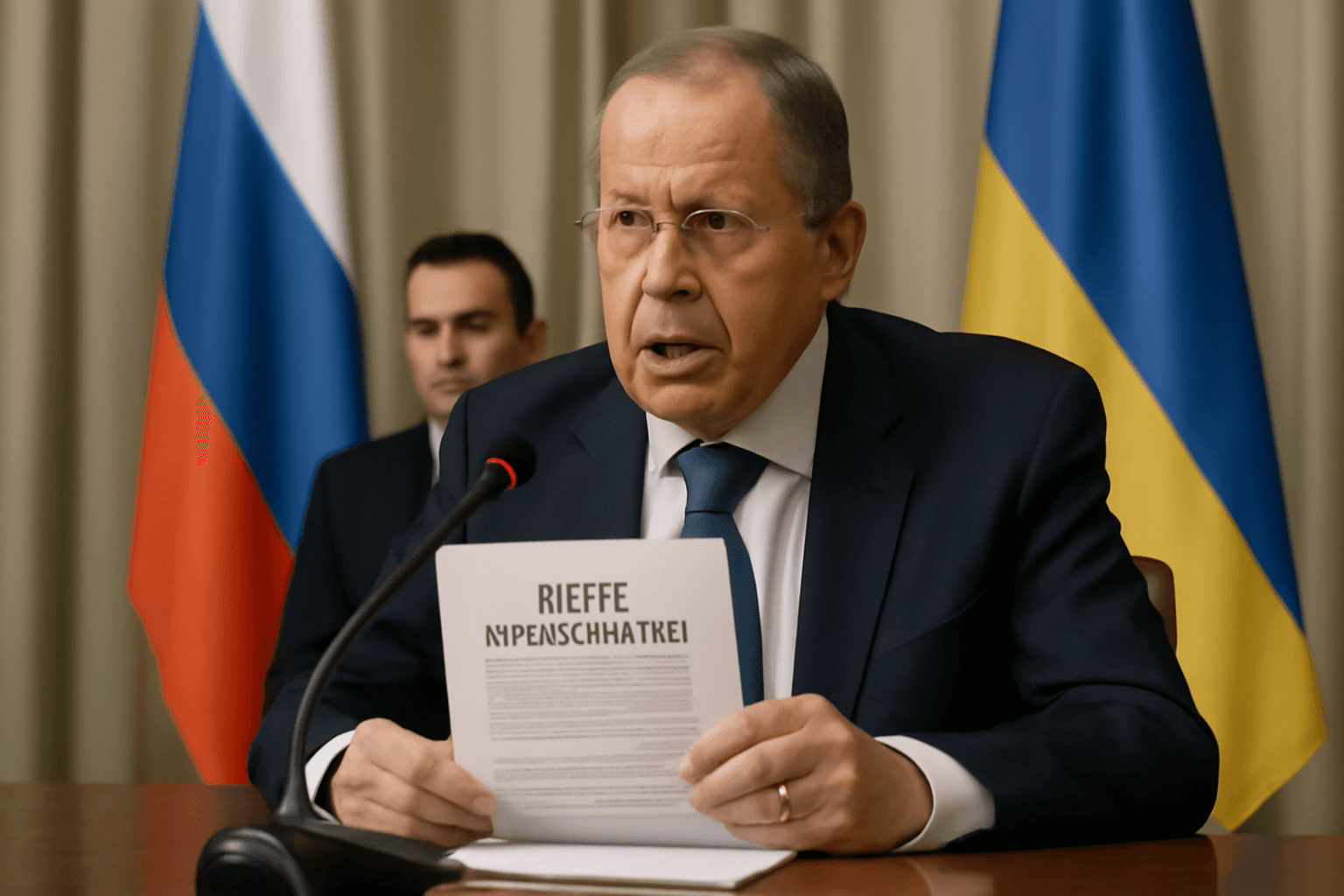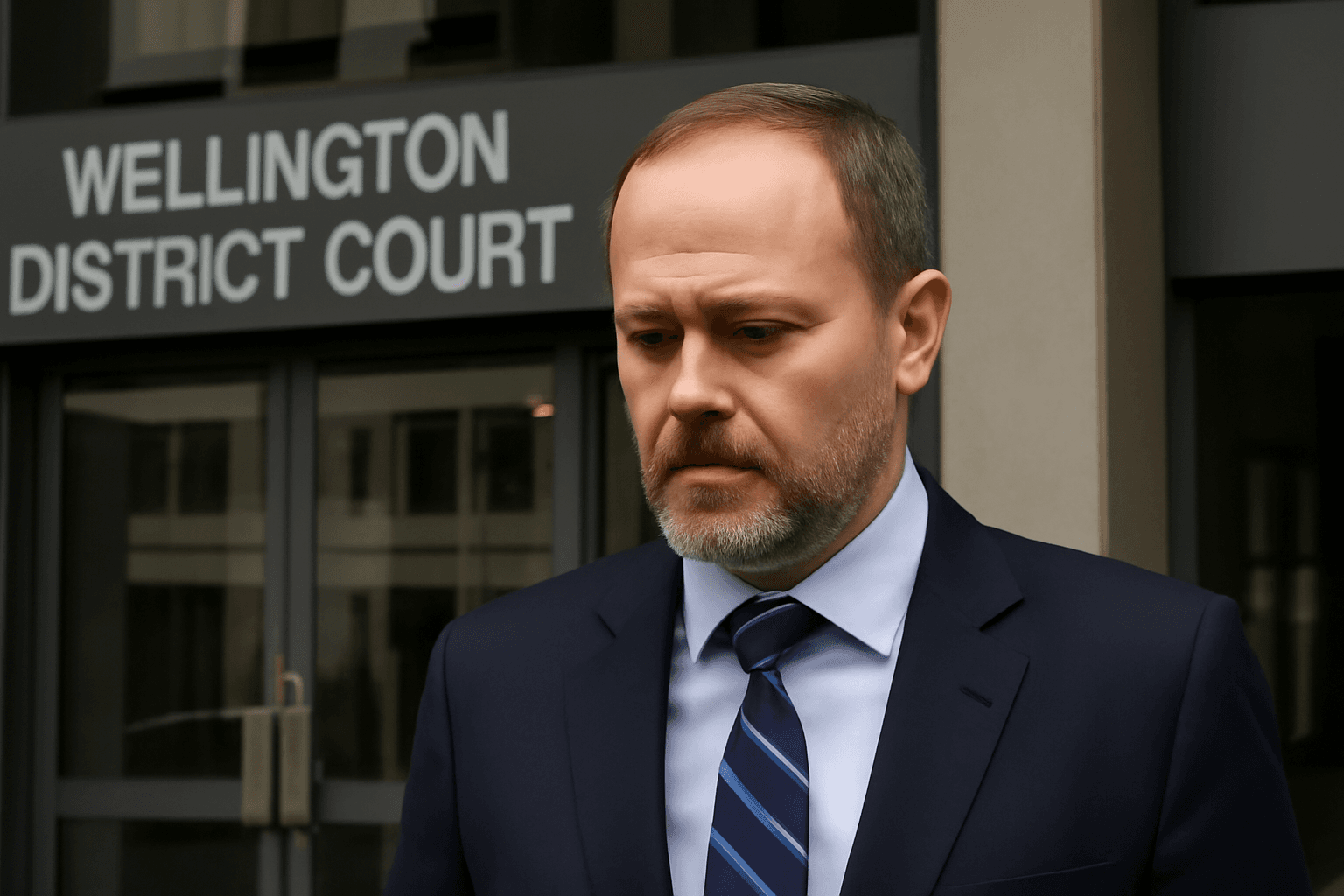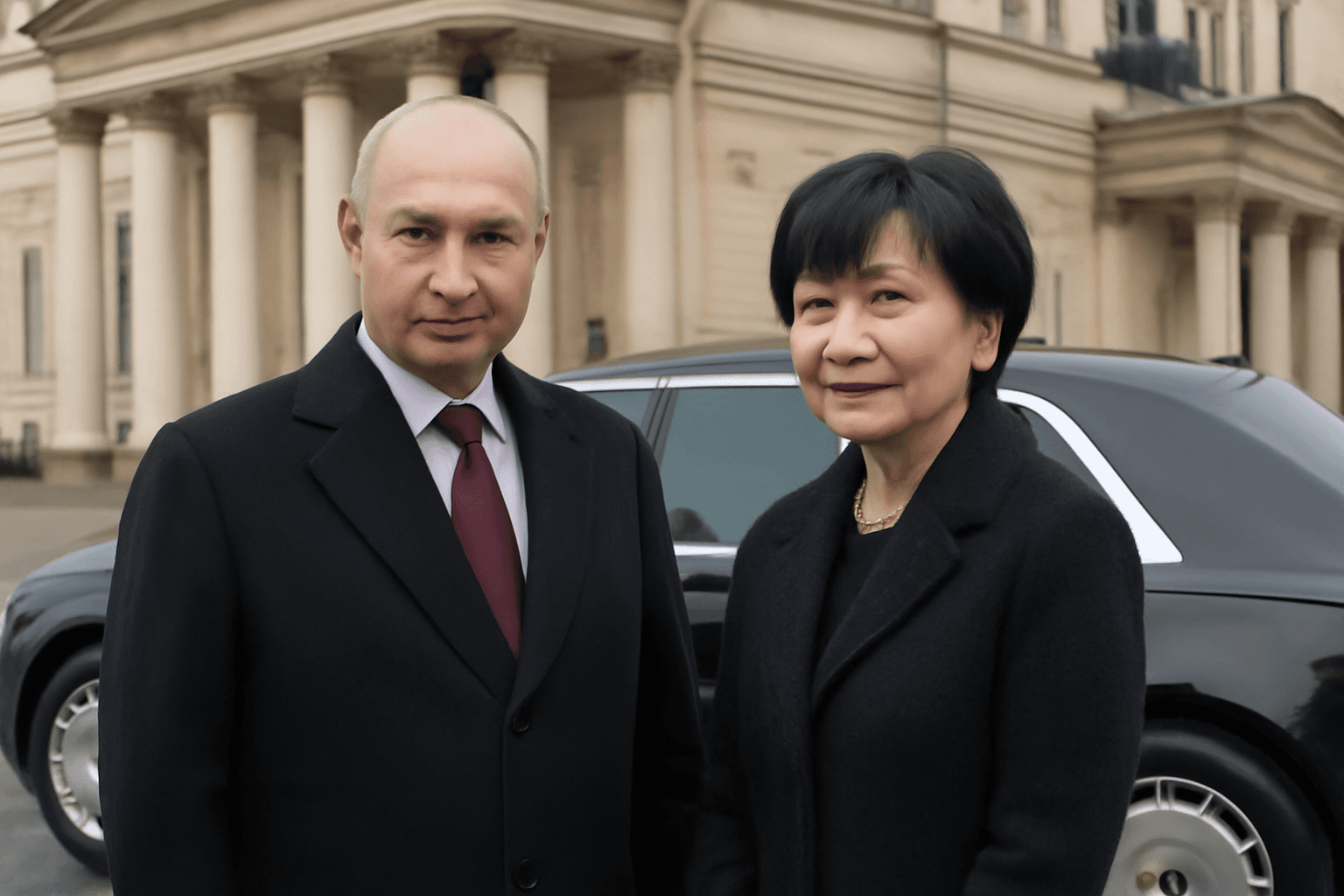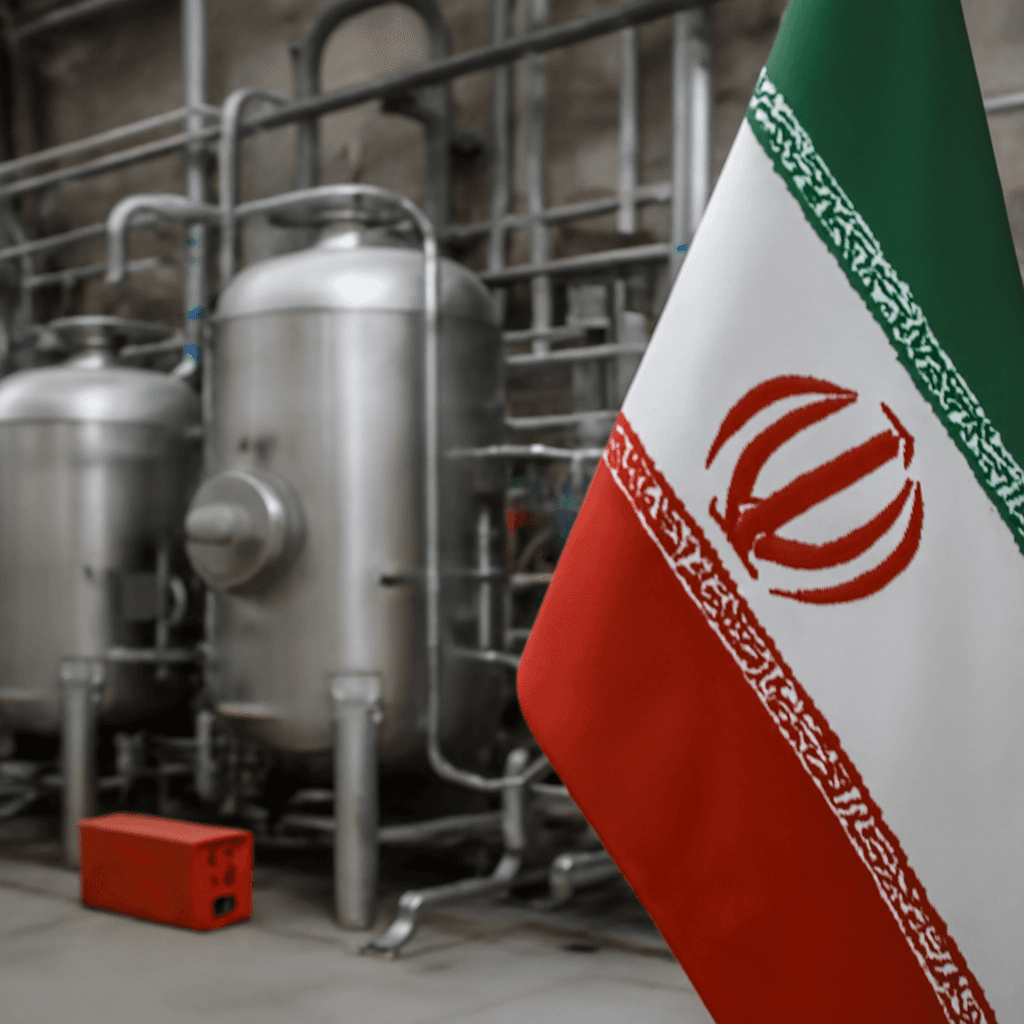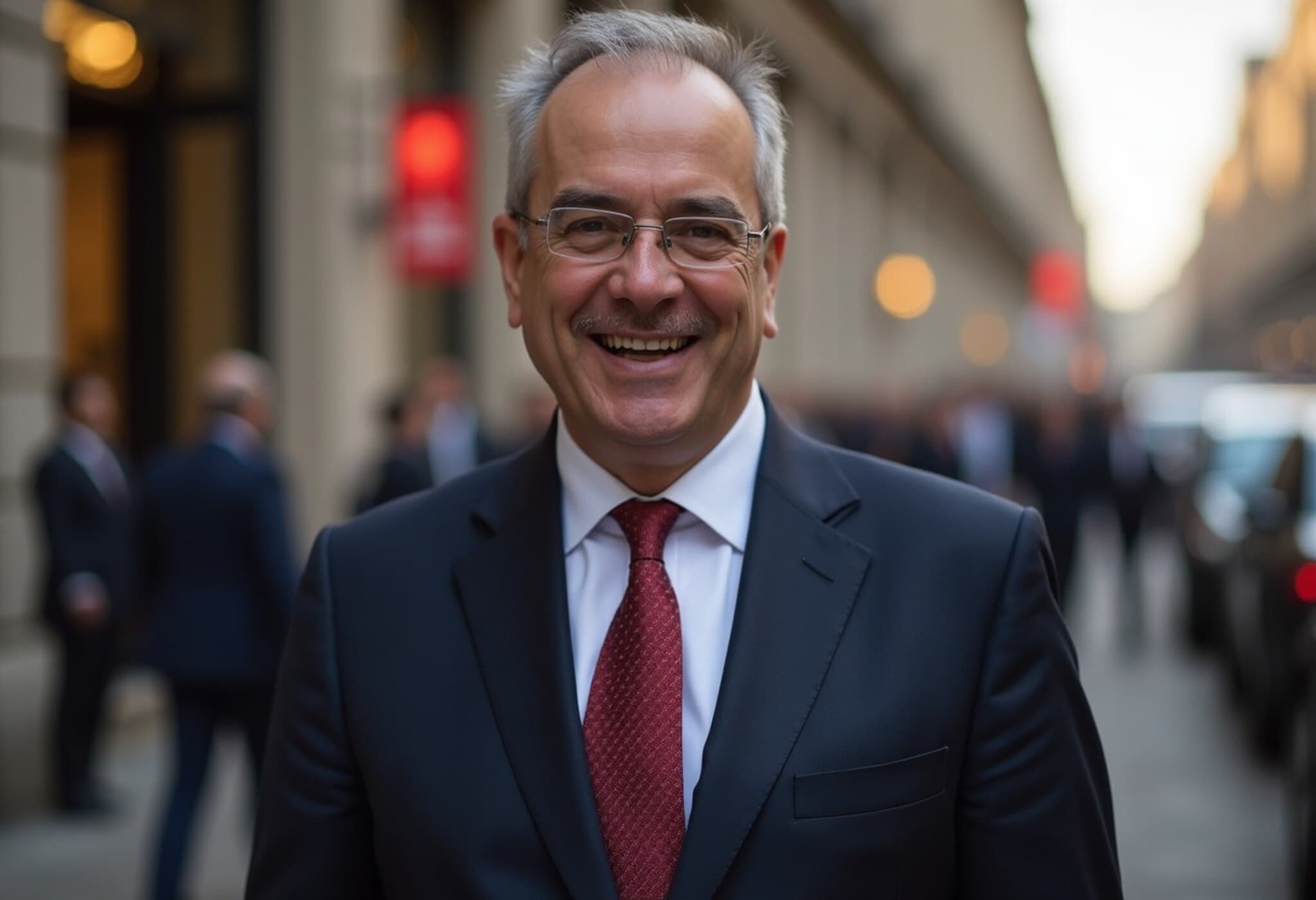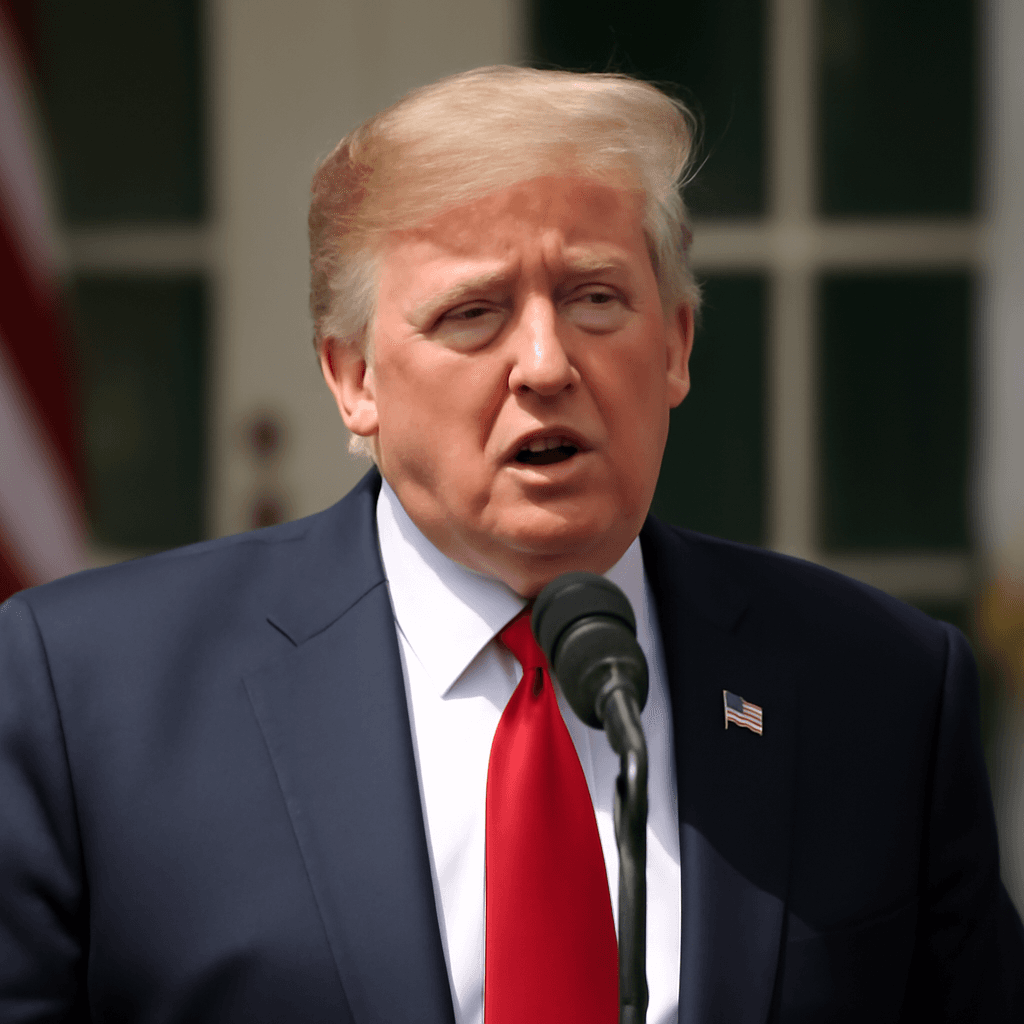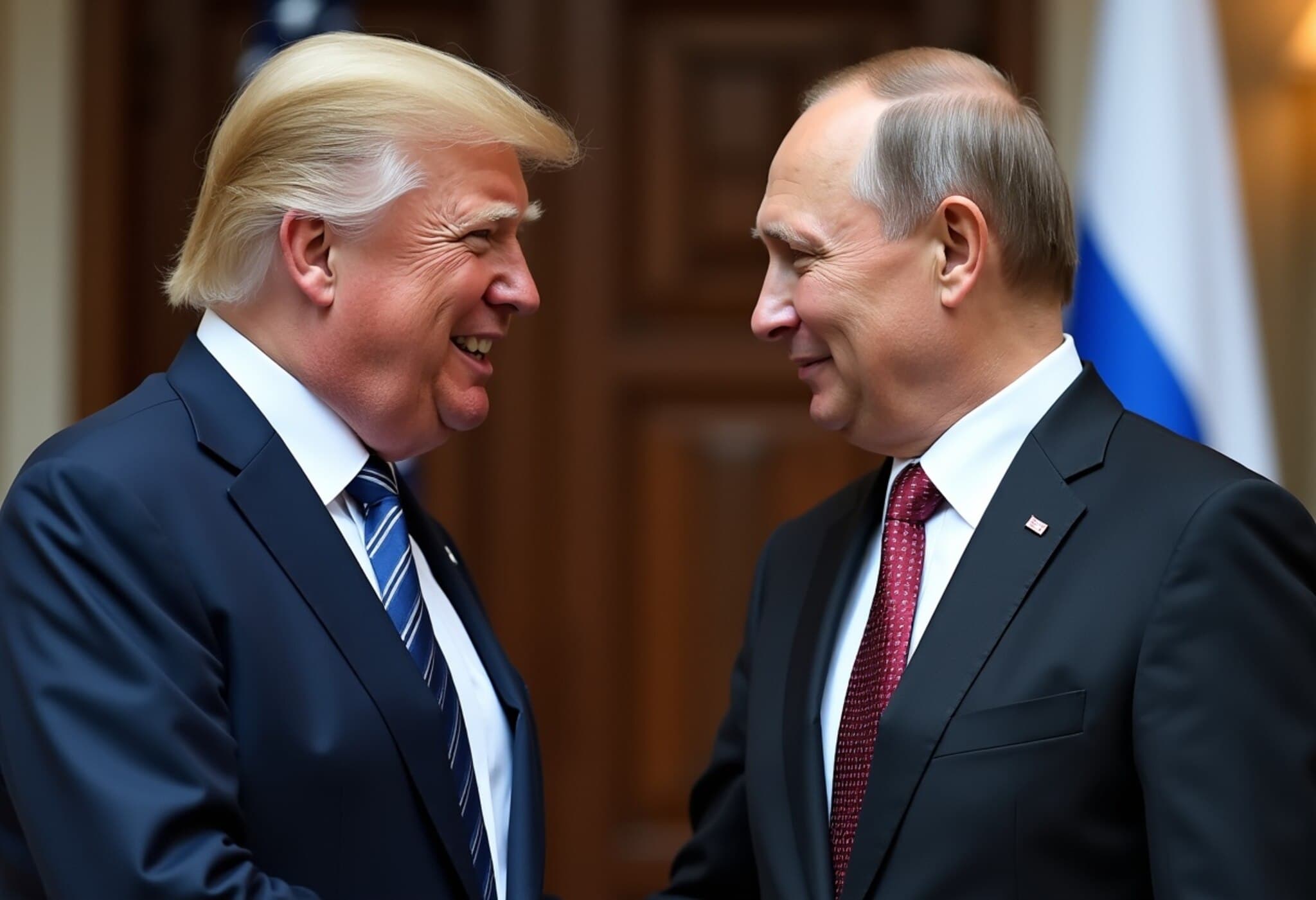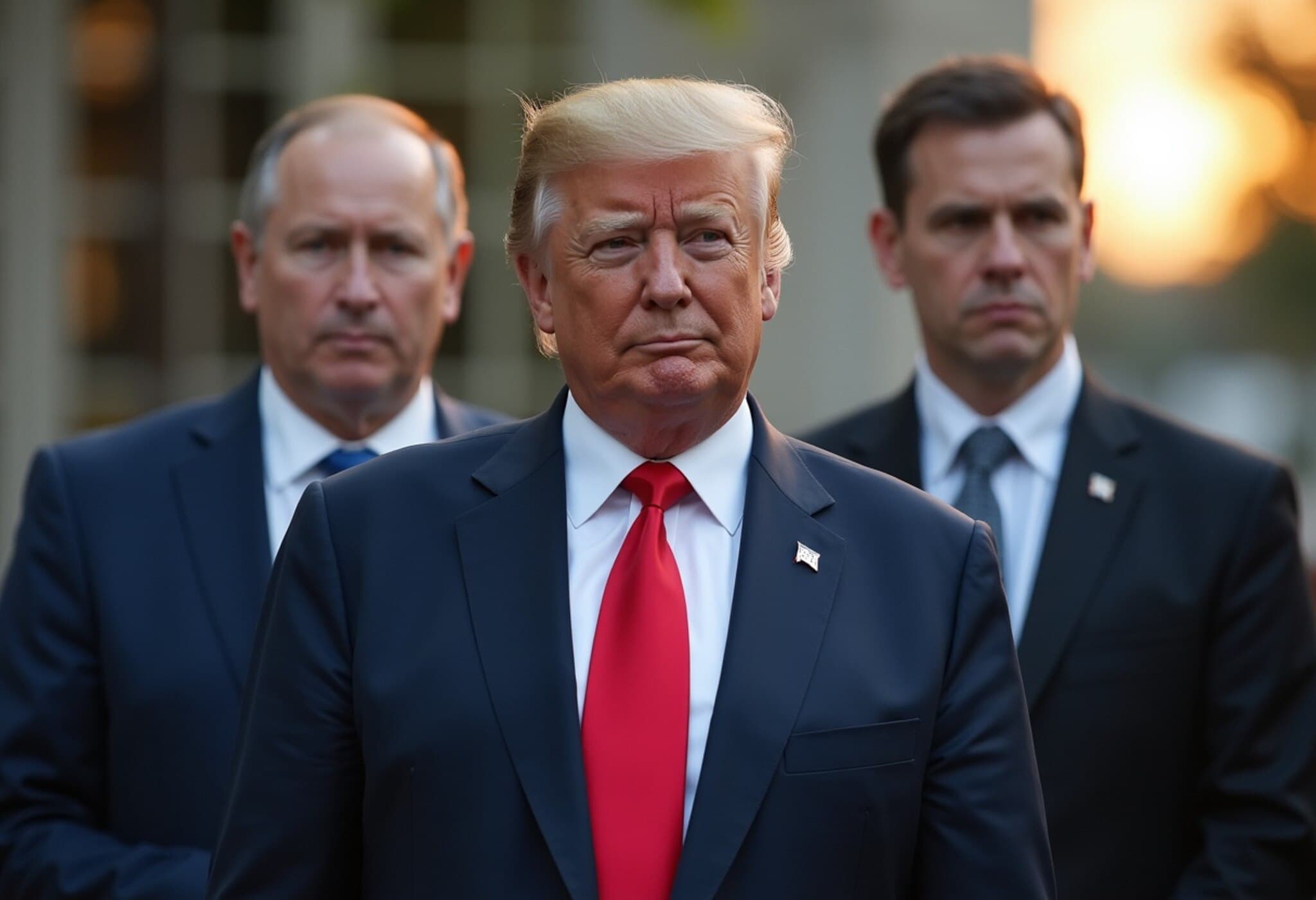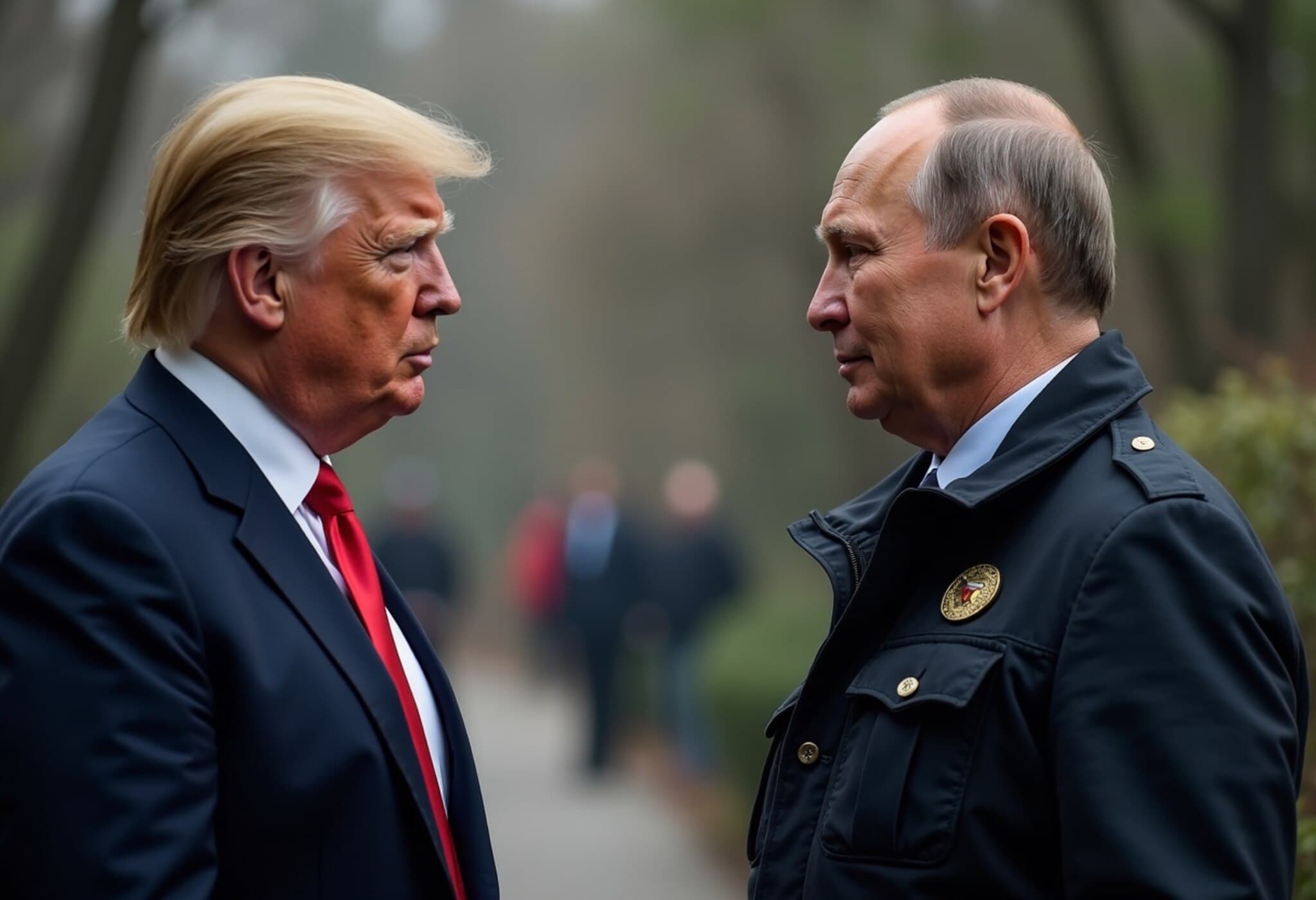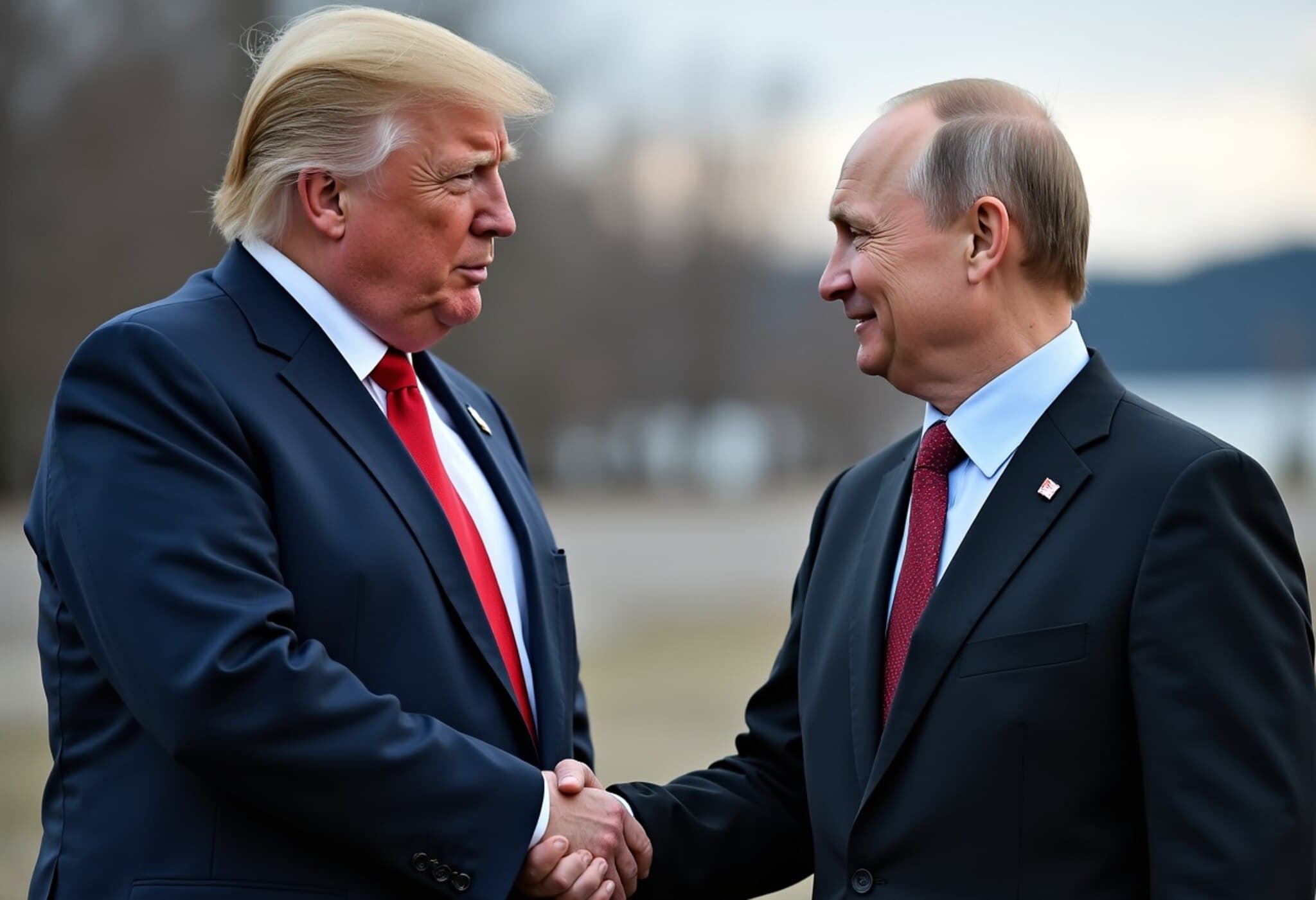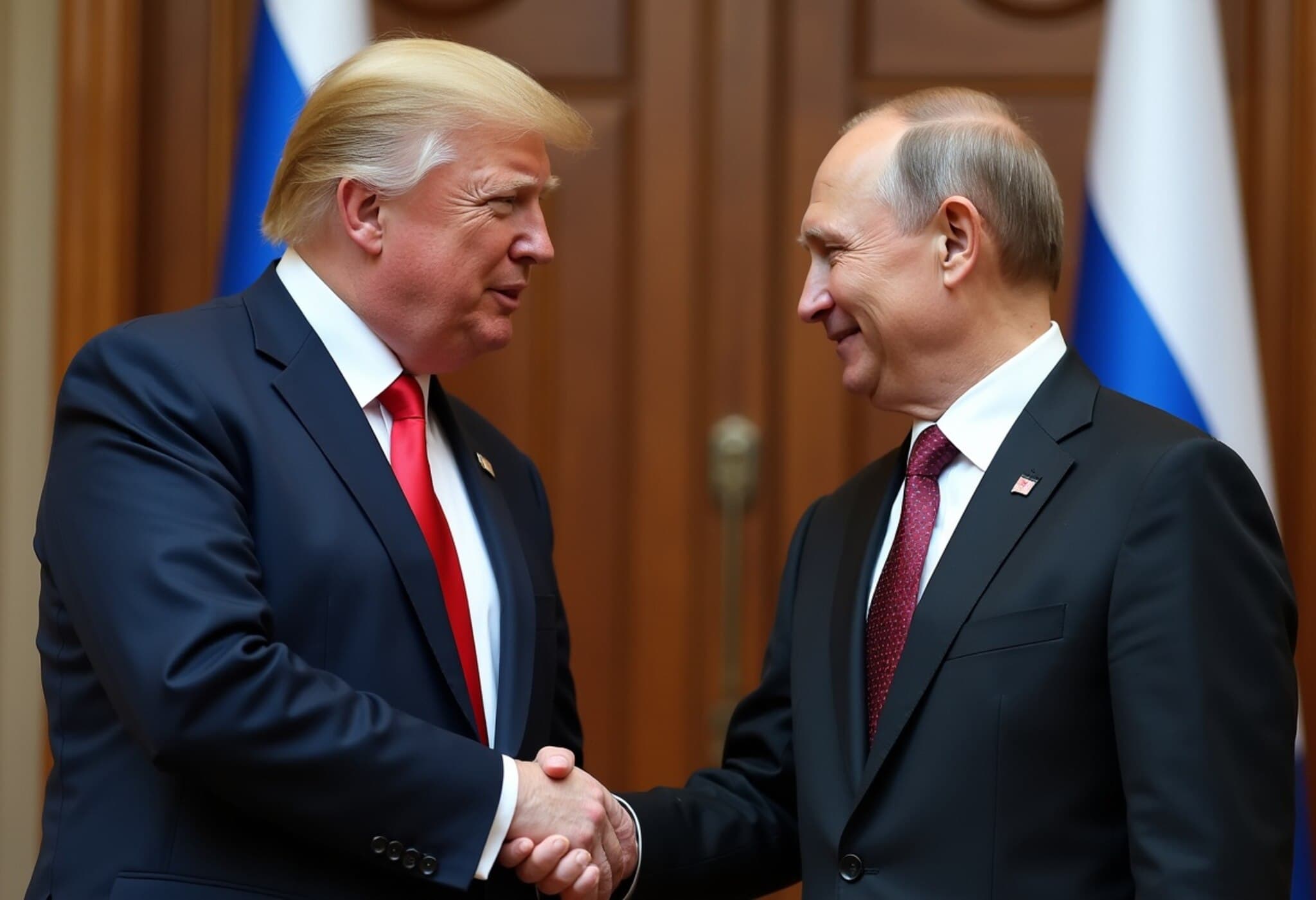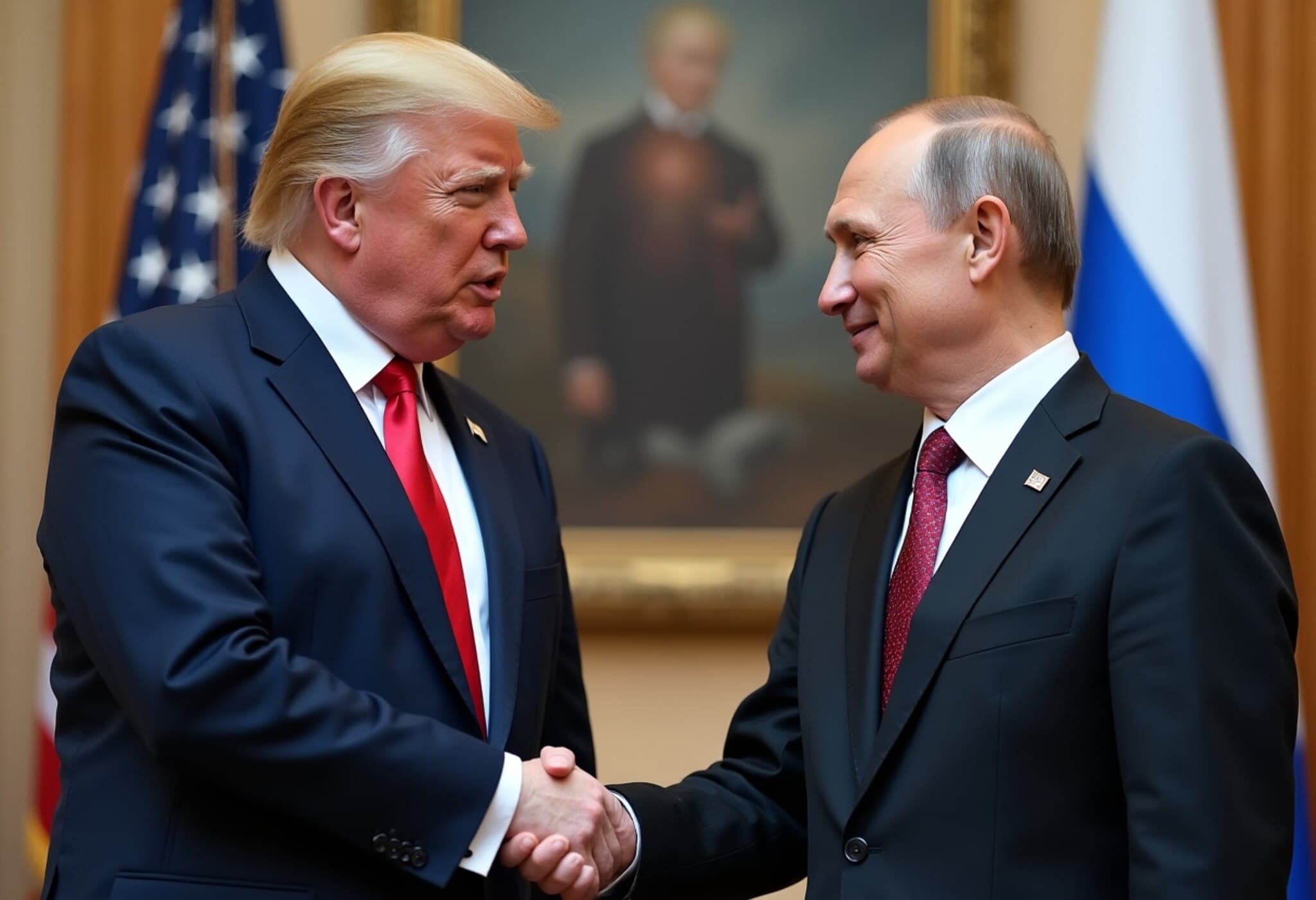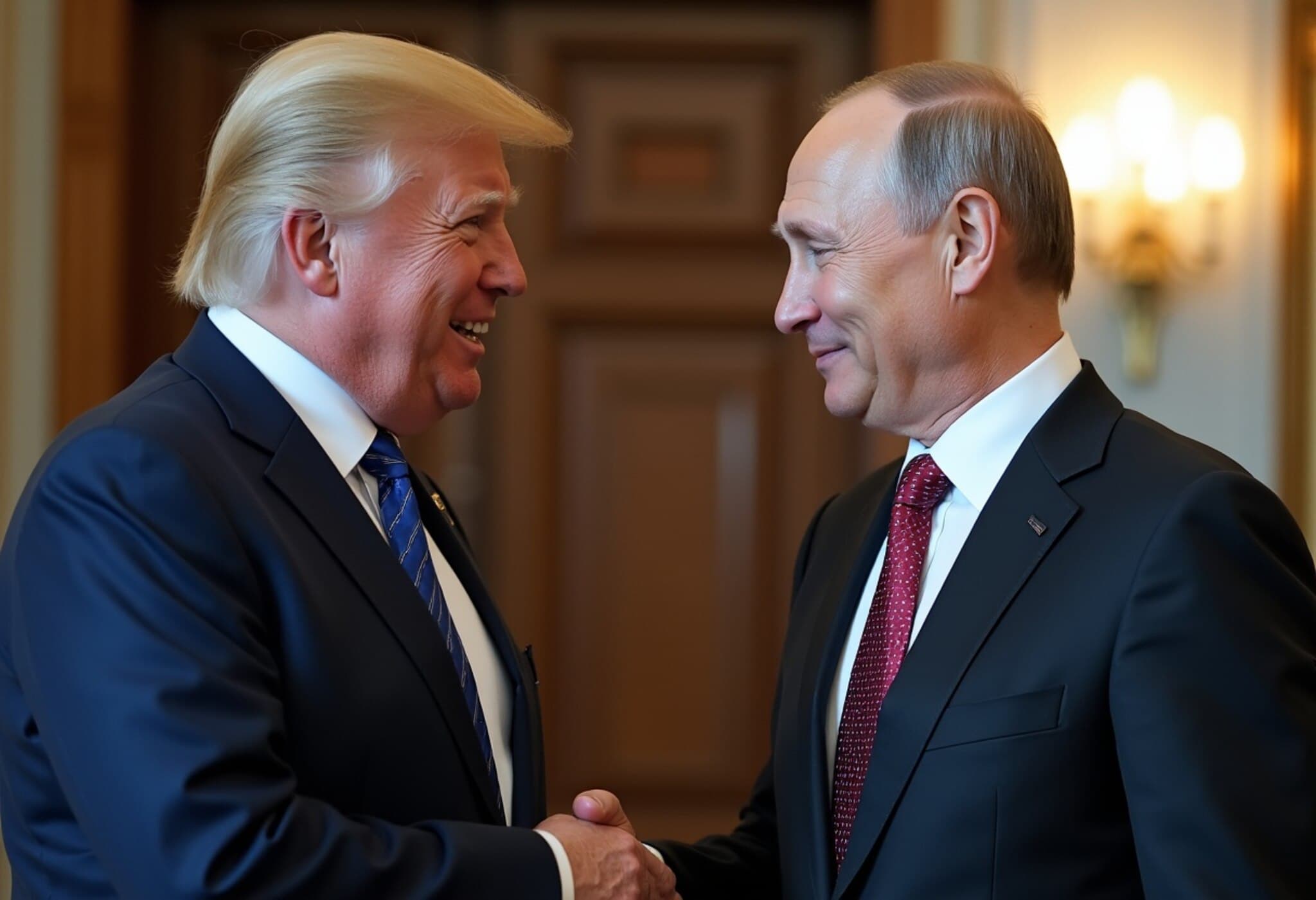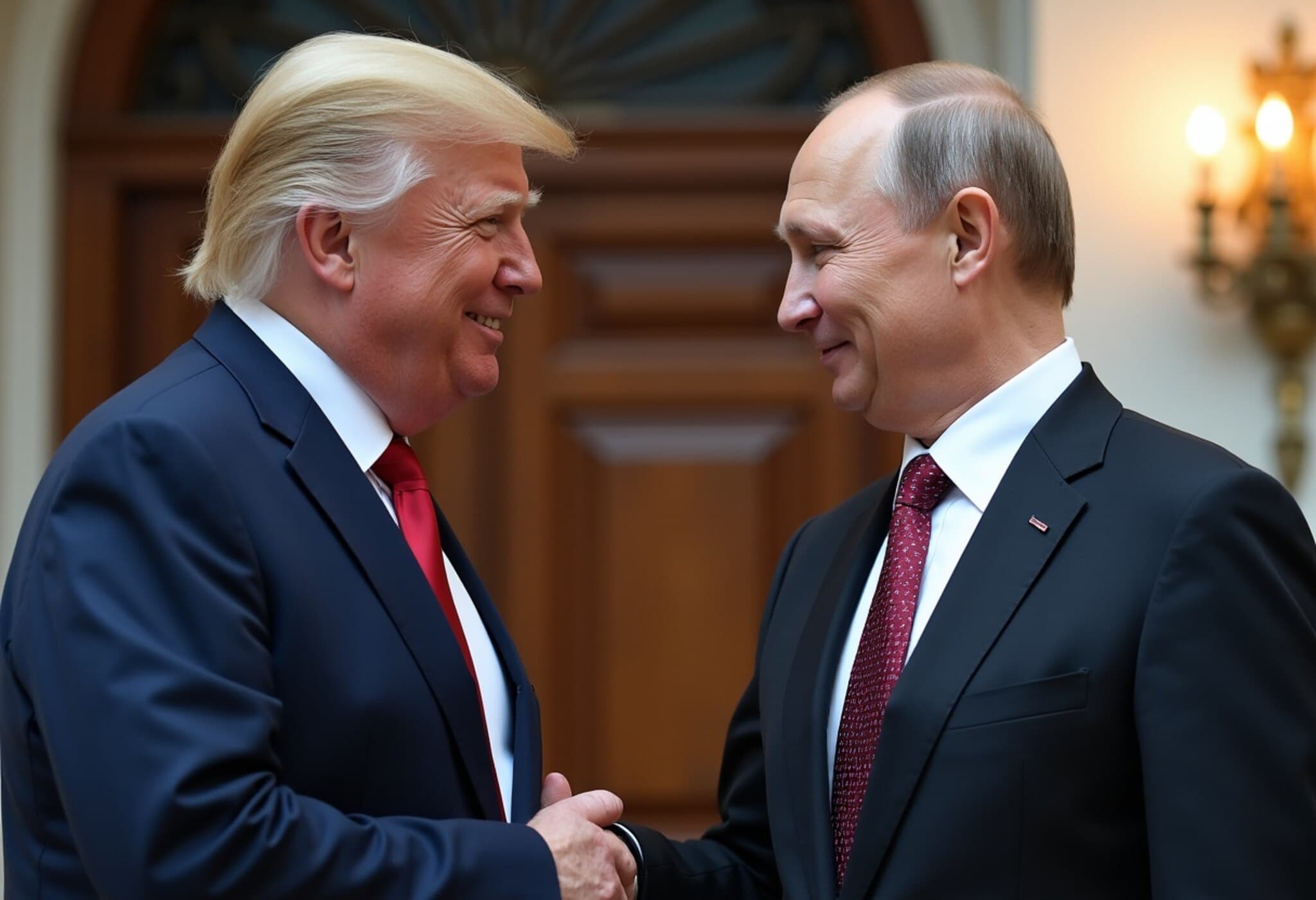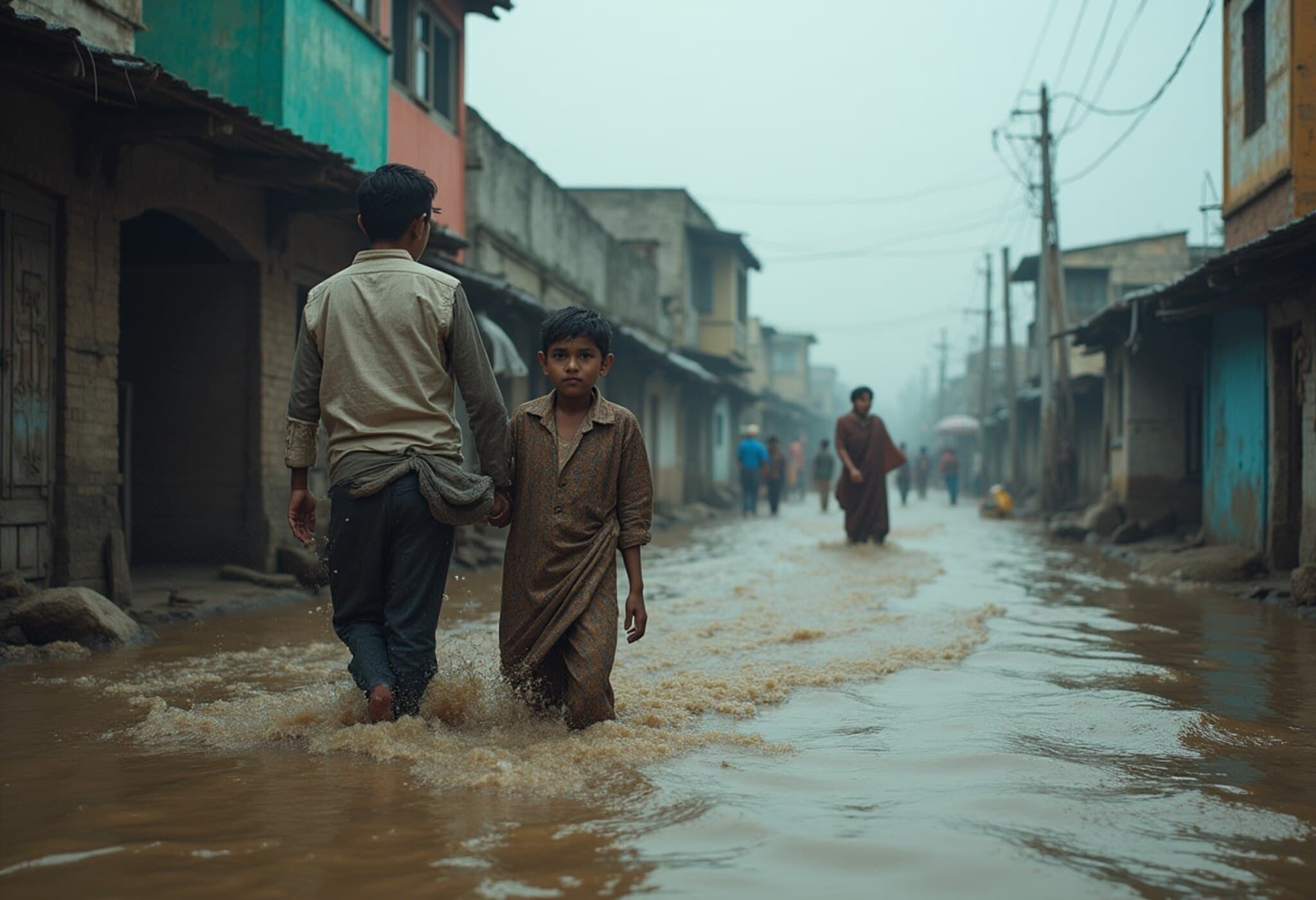Trump and Putin’s Alaska Summit Ends Without Concrete Agreement on Ukraine
In a much-anticipated meeting held in Anchorage, Alaska, US President Donald Trump and Russian President Vladimir Putin concluded their talks this week without finalizing a deal to end the war in Ukraine. While both leaders described the discussions as "constructive" and cited "great progress," key issues remain unresolved, leaving the path to peace uncertain.
Highlights From the Joint Press Conference
Speaking at a joint press conference, President Trump acknowledged several points of agreement but emphasized there were still “a couple of big ones” holding back a full accord. “There’s no deal until there’s a deal,” Trump said, adding that he planned to brief Ukrainian President Volodymyr Zelensky, NATO leaders, and others soon. He stressed his desire to stop the bloodshed on the ground, echoing Putin’s claim that ending the conflict is in both leaders’ interest.
Putin, who spoke before Trump at the event, framed the conflict as addressing “fundamental threats” to Russia’s security and stressed the need to “turn the page” on US-Russian relations by returning to cooperation. However, he offered scant details on what had been agreed upon, referencing only broad starting points for resolving the “Ukrainian issue.” The press conference lasted a brief 10 minutes, with no questions taken afterward.
Behind Closed Doors: The 2.5-Hour Meeting
The initial plan for a one-on-one meeting was adjusted to include top diplomats and envoys: US Secretary of State Marco Rubio and Russian Foreign Minister Sergei Lavrov, as well as envoys Steve Witkoff (US) and Yuri Ushakov (Russia). This expanded meeting spanned about two and a half hours, significantly longer than the public event, but a working lunch that had been proposed with other cabinet officials was canceled.
Putin’s brevity in Alaska — spending just over five hours on American soil before departing from Joint Base Elmendorf-Richardson — underscored the tightly controlled and symbolic nature of the encounter.
Implications for the War in Ukraine
Despite hopeful rhetoric, no concrete ceasefire or peace plan emerged. Trump signaled he would advise Zelensky to “make a deal,” while Putin suggested future meetings in Moscow might solidify progress. The fact that Putin accepted this invitation is notable, considering rising tensions and his status under an International Criminal Court arrest warrant for alleged war crimes related to the Ukraine invasion.
The summit marked Putin’s first meeting with a sitting US president since 2021, underscoring a rare moment of direct diplomacy amid the ongoing conflict.
Reactions and Expert Perspectives
Ukrainian President Zelensky, in a prior video address, condemned continuous Russian assaults on Ukraine, even as negotiations were underway, highlighting the tragic disconnect between diplomacy and battlefield realities. He underscored Ukraine’s readiness to negotiate a just end to the war and emphasized the critical role of US strength in achieving that outcome.
John Herbst, a former US ambassador to Ukraine and now a senior director at the Atlantic Council, cautioned against premature optimism. "Based on the brief press conference, it appeared President Trump gained little concrete commitment from Putin," Herbst observed. He noted warnings that Russia might avoid additional US sanctions — which would represent a geopolitical win for Moscow.
Dora Chomiak, CEO of US-based Ukrainian charity Razom, sharply criticized any deal that excludes Ukraine’s voice. “Putin remains the chief obstacle to peace,” she said from Anchorage. Chomiak highlighted that framing the conflict as a "Ukrainian problem" overlooks the core reality: “This is Russia’s war, and Russia alone decides when it ends.”
Unanswered Questions and Road Ahead
- What specific "sticking points" remain blocking a peace deal, and how do they relate to Ukraine’s sovereignty and territorial integrity?
- Will the US administration’s stance shift toward facilitating negotiations that may compromise Ukrainian demands in favor of purported Russian security concerns?
- How might the international community respond if diplomatic talks proceed without meaningful Ukrainian input?
- Could the temporary ease on sanctions embolden Russia to prolong the conflict, or does it open a realistic path to dialogue?
The complex geopolitical backdrop, wartime dynamics, and domestic politics in the US, Russia, and Ukraine make clear that while diplomacy remains critical, the road to lasting peace will be challenging and fraught with pitfalls.
Editor’s Note
This Alaska summit between two of the world’s most polarizing leaders underscores an enduring paradox of diplomacy amid conflict. While public statements herald progress, the absence of concrete commitments and the omission of Ukrainian voices raise critical concerns about the legitimacy and viability of any future agreement. As the war grinds on, only sustained, inclusive negotiations backed by firm international support may genuinely bring resolution—if the involved powers choose that path.

